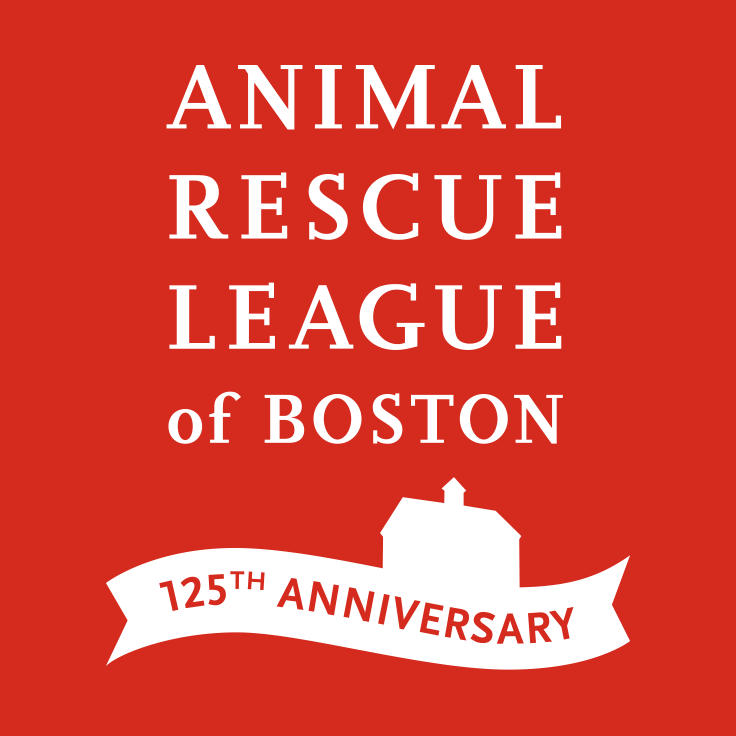Breed Specific Legislation (“BSL”)
Breed specific legislation (“BSL”) refers to any statute, regulation or by-law which imposes a blanket policy upon a named or described breed without regard to the characteristics of any individual animal and without the requirement that any identified animal actually commit an offense.[1] Generally speaking, these policies — which are usually bans but can also include other types of restrictions such as requiring the purchase of a particular amount of insurance or special registration – arose in the 1980’s after well-publicized dog attacks upon humans and other animals. While most BSLs are directed to the canine species, it is important to recognize that other species – usually types of farm animals — have also been subject to BSLs. In whatever form the BSL exist, the restriction is based upon a prior determination that a breed (or a dog that looks like a particular breed) is inherently dangerous or inappropriate. There is no requirement that there by any action or offense by an individual animal.
Under a BSL, the animal is banned or restricted solely based upon a visual identification that the animal is a specific breed or has physical characteristics similar to a specific breed.
Policies based upon breed identification are unsupported by science and research.There is averified inability to correctly identify breeds, a failure to make further inquiry into the use and nature of the ownership of the animals in question, and a failure to understand that the breed of the dogis not an accuratepredictor of a dog’s behavior.
The idea that a visual identification was sufficient was at the heart of a Massachusetts Supreme Judicial Court which struck down two City of Lynn ordinances which, among other things, sought to ban the sale of “pit bulls” within the city limits as being unconstitutional because it was “void for vagueness” and violated due process requirements. See American Dog Owners Association Inc., v. City of Lynn, 404 Mass. 73 (1989).
As the Court noted, the trial judge found there was (at that time) no scientific means to determine whether a dog belongs to particular breed; neither of the two Lynn “dog officers” had any training in breed identification and both acknowledged that they used subjective criteria for identifying dog breeds. The Court pointed out the flawed logic of such laws by noting that some dogs may be not pit bulls but look like one; others are pit bulls but do not look like one. The enforcement therefore depended on the subjective understanding of an officers understanding of the appearance of an ill-defined breed and left owners with the impossible situation of guessing at what is prohibited and requiring proof which may be impossible to obtain.
The Animal Rescue League understands that visual identification is still the most common method of breed identification, even by law enforcement, animal care and control agencies, and veterinarians. Moreover, even with DNA testing, the information is only the confirmation of the background of the animal and not an accurate predicator of behavior.
The Animal Rescue League believes that only responsible pet ownership will only achieve what BSL purportedly seeks – to ensure that pets are safe within their homes and communities, with people and with other animals. Based upon our long history with, and interaction and training of, all types of dogs, we believe that the most accurate predicator of animal behavior is an individual assessment of the animal, including inquiry into the pet’s background and assistance with training, behavior, and social abilities. We believe that robust spay/neuter programs, education of the public, assistance with behavioral issues achieves a fair and just result.
Therefore, the Animal Rescue League will:
- Oppose any statute, regulation, or by-law , whether public or private, which seeks to ban or restrict any animal based solely upon any form of breed identification;
- Encourage robust enforcement of laws which do affect public and animal health, safety and welfare such as leash laws, anti-tethering laws, and a dangerous/nuisance dog statute (such as M.G.L. c. 140 § 157);
- Encourage public education regarding the physical, social, and behavioral needs of dogs;
- Encourage community involvement in issues related to dangerous/nuisance dogs, and
- Encourage education of law enforcement personnel and Animal Control Officers with respect to the unreliability of visual identification and erroneous use of media stereotypes to determine the characteristics of the dog.
[1] Although a BSL is sometimes referred to as “dangerous dog” statute, that is a misnomer. The distinction is that, as noted, a BSL requires no action or offense by an animal. A “dangerous dog” or nuisance dog law generally and correctly refers to those laws and regulations which set forth procedures to determine the disposition of an individual dog after the dog has bitten or attacked a person or another animal or displayed behavior determined to be a nuisance, i.e., excessive and unremitting barking.
Click here to read more ARL Policy and Position Statements.
